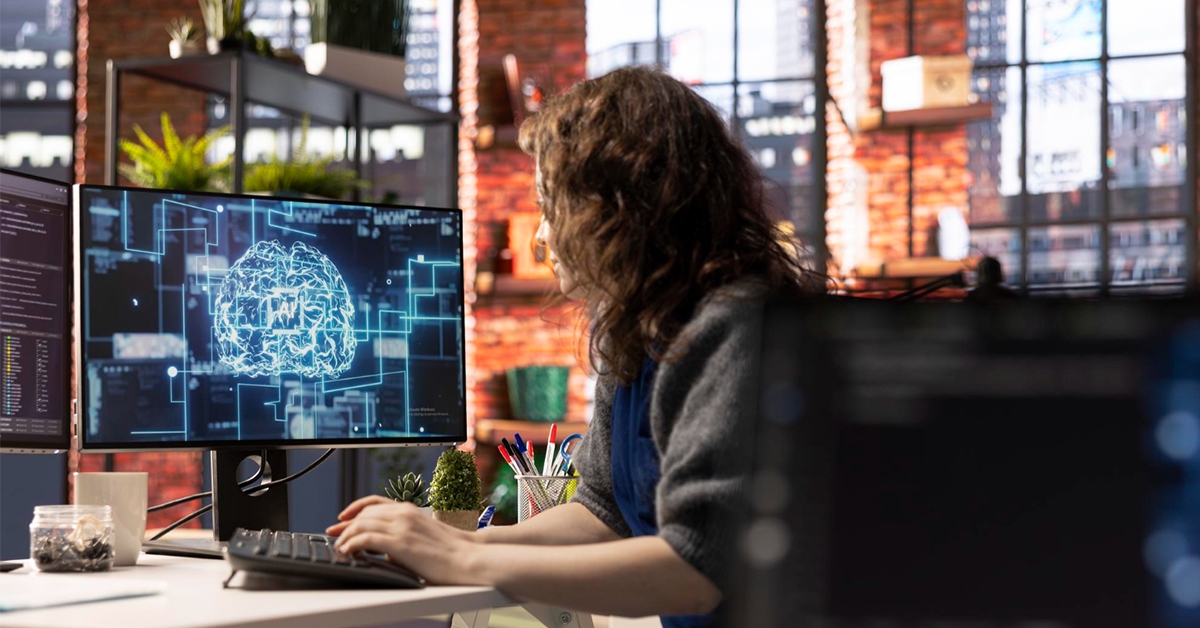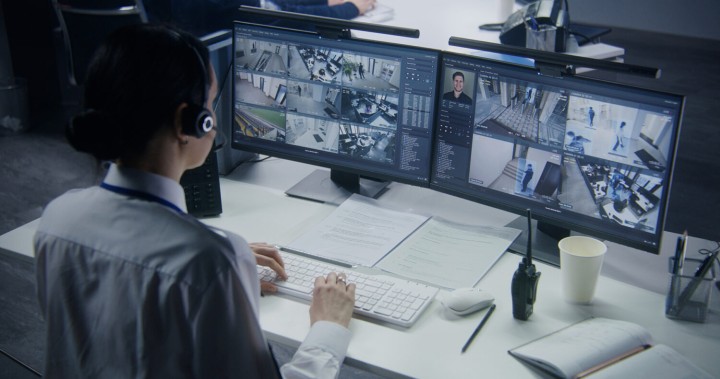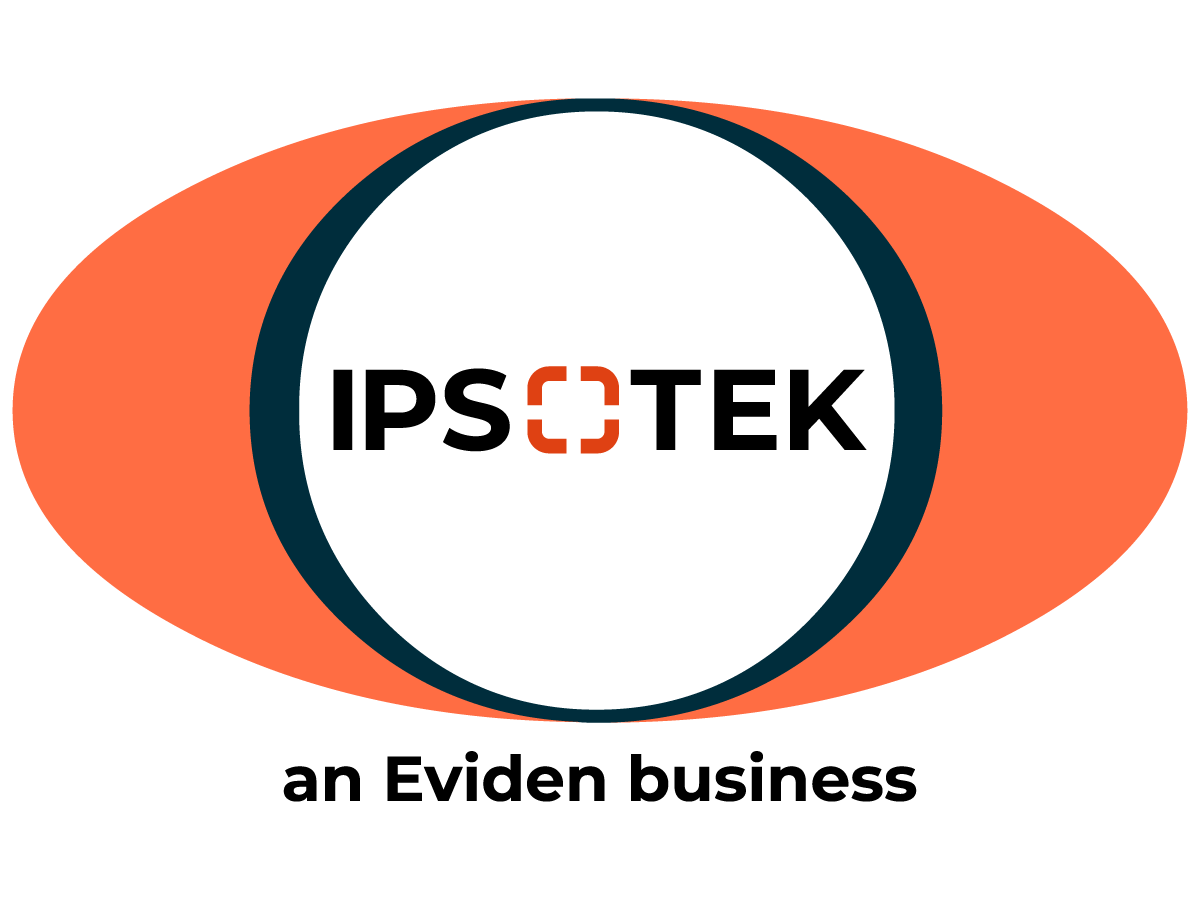ISJ hears from Dr. Mohamad Abbas, Country Director, KSA, Ipsotek.
Clever Hans and the illusion of intelligence
Over a hundred years ago in Berlin, a man proudly showed off his horse, Clever Hans.
Hans seemed like a genius. He could solve math problems, spell words, even tell the time, all by tapping his hoof. Crowds gathered, amazed at the genius horse. But then scientists investigated.
They discovered Hans wasn’t really doing math at all.
Instead, he was watching tiny, unconscious cues from his owner and the audience. A lean forward from his owner, a change in breath and he’d stop tapping at just the right moment.
Hans wasn’t clever at arithmetic, but he was brilliant at reading humans.
Ever since, “the Clever Hans effect” reminds us that AI may look smart, but they’re just picking up on subtle signals – not truly understanding.
Patterns, power and perception
Our universe is made of patterns. Wherever there is data, patterns exist, waiting to be discovered. AI will always outperform humans when it comes to finding them.
Today, the focus is no longer on what AI can achieve. It is more about building trust in the technology, making it more ethical and unbiased, safe, transparent and revolutionary in serving our community needs.
With the evolution of GenAI and Agentic AI, new vulnerabilities and challenges are introduced, and more focus should be placed on the way the technology operates and takes decisions.
These systems don’t just process data; they create, adapt and sometimes act autonomously. This raises questions about what the AI “sees” as relevant.
For example, an Agentic AI managing city traffic might reroute cars to reduce congestion. But if it misjudges, it could block an ambulance.
Without careful design and oversight, these systems risk reinforcing biases, amplifying errors or acting in ways no one intended.
Self-learning vs. foundation learning in video analytics
In the evolving world of AI video analytics, two terms are increasingly shaping the technical conversations: Self-learning and foundation learning.
Self-learning uses unsupervised, semi-supervised or reinforcement-based neural networks to model camera scenes and detect anomalies.
This method allows AI to learn what is normal in a short period of time and then flag deviations.
By contrast, foundation learning uses neural networks trained on broad, diverse datasets collected at scale.
Think of it as generalised world knowledge; it knows what’s normal because it has seen millions of variations and has been exposed to general patterns of vision.
Self-learning usually learns patterns and identifies what’s normal in the scene within two to four days, while foundation learning is moulded by these patterns through pre-training.
Foundation models have been trained on massive data from around the world, 24/7, 365.
As a result, they are not tied to one specific scene; instead, they are able to analyse scenes across many locations and environments.
Self-learning adapts quickly to unique local environments. It learns unique patterns of specific environments and excels in detection of anomalies.
However, if local data is noisy, biased or limited, the system might learn the wrong thing.
Self-learning doesn’t need huge, labelled datasets. It operates closer to where data is generated, reducing training time. But it is harder to audit what the AI learned last week vs. today.
It works well in controlled pilots, but in real deployments results can degrade quickly. It needs careful monitoring; otherwise, performance is unpredictable.
Worse still, autonomous updates without documentation risk the system changing in unsafe or unintended ways. Bottom line is that without supervised learning these models are unpredictable.
Imagine a self-learning AI trained on wildlife photos for just one week at a snowy field station.
Next week, it sees a fox and correctly identifies it. Six months later, when a dog stands in the snow, it confidently labels it as a fox. The AI didn’t really “understand” what a fox is.
Just like Clever Hans tapping his hoof, it picked up on contextual cues (the snow in this case) instead of the actual animal features.
If it trains only on local signals without human oversight, AI might seem smart but actually reinforces biases, noise or even malicious patterns.
The strengths and risks of foundation models
Foundation learning, on the other hand, uses large AI models hungry for significant compute and massive data to build. They need fine-tuning for very site-specific patterns, but they are more transparent.
They capture broad patterns and know what’s “normal” across many contexts.
Nearly all foundation models are deep neural networks (transformers, CNNs or RNNs in the older models).
They are called “foundation” because they form a base layer that can be fine-tuned or adapted for many downstream tasks.
Although resource-intensive, their training is a strategic upfront investment, and once trained, they are easier to audit, certify and regulate.
They are also less likely to overfit to quirks of one site or environment.
Foundation models, especially multimodal ones like visual language models, have already seen snow, dogs and foxes in thousands of contexts.
Unlike self-learning, which can get trapped by local patterns, they draw strength from variety.
AI, insight and human drive
AI may master patterns. However, unlike machines, human beings are driven by hunger and curiosity. It is the way our brain works. The way our biology pushes us to want and to crave.
AI has none of that. Machines read and predict patterns only because we designed them to. We feed them data and instruct them to use it and produce results.
They have no internal drive, no pull toward one path over another.
Yet, as this technology emerges and grows more complex, the boundaries blur.
That is why legal systems are stepping in to guide societies toward safer communities, where AI is constrained to be a partner, not a nemesis.
This illustrates why regulators are pushing for foundation learning with human oversight instead of uncontrolled self-learning.
The EU AI Act (Article 14) prohibits fully autonomous self-learning in high-risk systems. It mandates effective human oversight and documentation of allowable changes.
As the regulation states: “AI systems shall be designed and developed in such a way… that they can be effectively overseen by natural persons during the period in which they are in use.”
Similarly, the GDPR (Article 22 + Recital 71) gives individuals the right not to be subject to decisions “based solely on automated processing, including profiling, which produces legal effects concerning them or similarly significantly affects them.”
Recital 71 even gives examples of automatic refusal of an application without any human intervention and states that safeguards should include appropriate human intervention.
Ipsotek’s vision: Insight over illusion
R&D’s philosophy should never be about chasing trends, but about pioneering innovation that delivers measurable, high-quality outcomes.
This commitment is what makes communities regard foundation models as a source of clarity in their journey.
With a proven track record and a leading position in the market, we see it as our responsibility to not only deliver tech, but also to educate, guide and spotlight the topics that matter in shaping the future of AI-powered video analytics.
Unsupervised self-learning may be fast and adaptive, but in high-risk, rights-affecting contexts, it isn’t just a technical gamble; it’s a legal one. Clever Hans appeared clever, yet he still misled everyone.
Similarly, self-learning AI, trained only on local patterns, can seem smart, but still make mistakes.
AI should learn on broad datasets and be guided by the actual “clever owner”, keeping the horse from fooling us again and reminding us that intelligence isn’t just about pattern recognition; it’s about insight.
Originally published in International Security Journal



